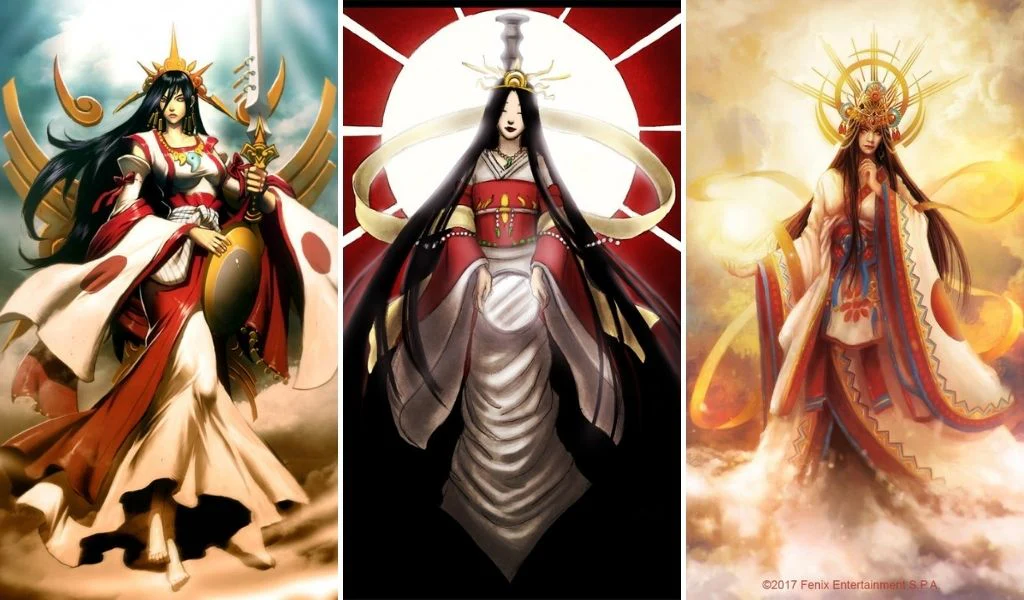mchec.org – In the rich tapestry of Shinto mythology, Amaterasu stands as one of the most revered and powerful deities, embodying the essence of the sun itself. Her name, which translates to “the shining heaven,” encapsulates her divine role as the sun goddess, bringing light, warmth, and life to the world. Amaterasu’s significance extends beyond her celestial attributes, as she is also considered the ancestor of the Japanese imperial family, making her a central figure in both spiritual and historical narratives.
The Origins of Amaterasu
According to Shinto mythology, Amaterasu was born from the left eye of Izanagi, one of the primordial deities responsible for creating the Japanese islands. This divine birth highlights her celestial origins and her role as the ruler of the heavens. Her birth is part of a triad that includes her siblings, Tsukuyomi, the moon god, and Susanoo, the storm god. Together, they represent the fundamental forces of nature, with Amaterasu symbolizing the sun’s life-giving energy.
Amaterasu’s Role in Shinto Mythology
Amaterasu’s influence in Shinto mythology is profound and multifaceted. She is not only the goddess of the sun but also represents truth, clarity, and moral integrity. Her presence in the myths often serves as a guiding light, both literally and metaphorically, leading other deities and humans alike toward enlightenment and righteousness.
One of the most famous myths involving Amaterasu is her retreat into a cave, plunging the world into darkness. This event was prompted by a dispute with her brother Susanoo, who, through his chaotic nature, disrupted the harmony of the heavens. The other deities, desperate to bring Amaterasu back and restore light to the world, devised a plan that included the use of a mirror, which reflected her own radiant image and enticed her out of the cave. This myth underscores the importance of balance and harmony in Shinto belief, as well as the central role Amaterasu plays in maintaining the world’s equilibrium.
Amaterasu and the Imperial Family
Beyond her mythological significance, Amaterasu is deeply intertwined with the history and identity of Japan. She is believed to be the ancestor of the Japanese imperial family, a lineage that traces its roots back to her grandson Ninigi, who descended from heaven to rule over Japan. This divine lineage imbues the imperial family with a sacred status and serves as a foundation for the nation’s cultural and spiritual heritage.
Worship and Symbolism
Amaterasu is worshipped in numerous Shinto shrines across Japan, with the Ise Grand Shrine being the most prominent. This shrine, dedicated to her worship, is considered one of the holiest sites in Shintoism. Amaterasu’s symbols include the sun, mirrors (which are believed to reflect her divine light), and the sacred jewels and sword, which are part of the Imperial Regalia of Japan. These symbols are not only revered in religious contexts but also play a significant role in the national identity and symbolism of Japan.
Conclusion
Amaterasu, the sun goddess of Shinto mythology, embodies the essence of light, life, and divine authority. Her myths and legends have shaped the spiritual and cultural landscape of Japan, making her an enduring symbol of the nation’s rich heritage. Through her celestial presence, Amaterasu continues to illuminate the path of enlightenment and harmony, reminding us of the enduring power of the divine light within us all.

